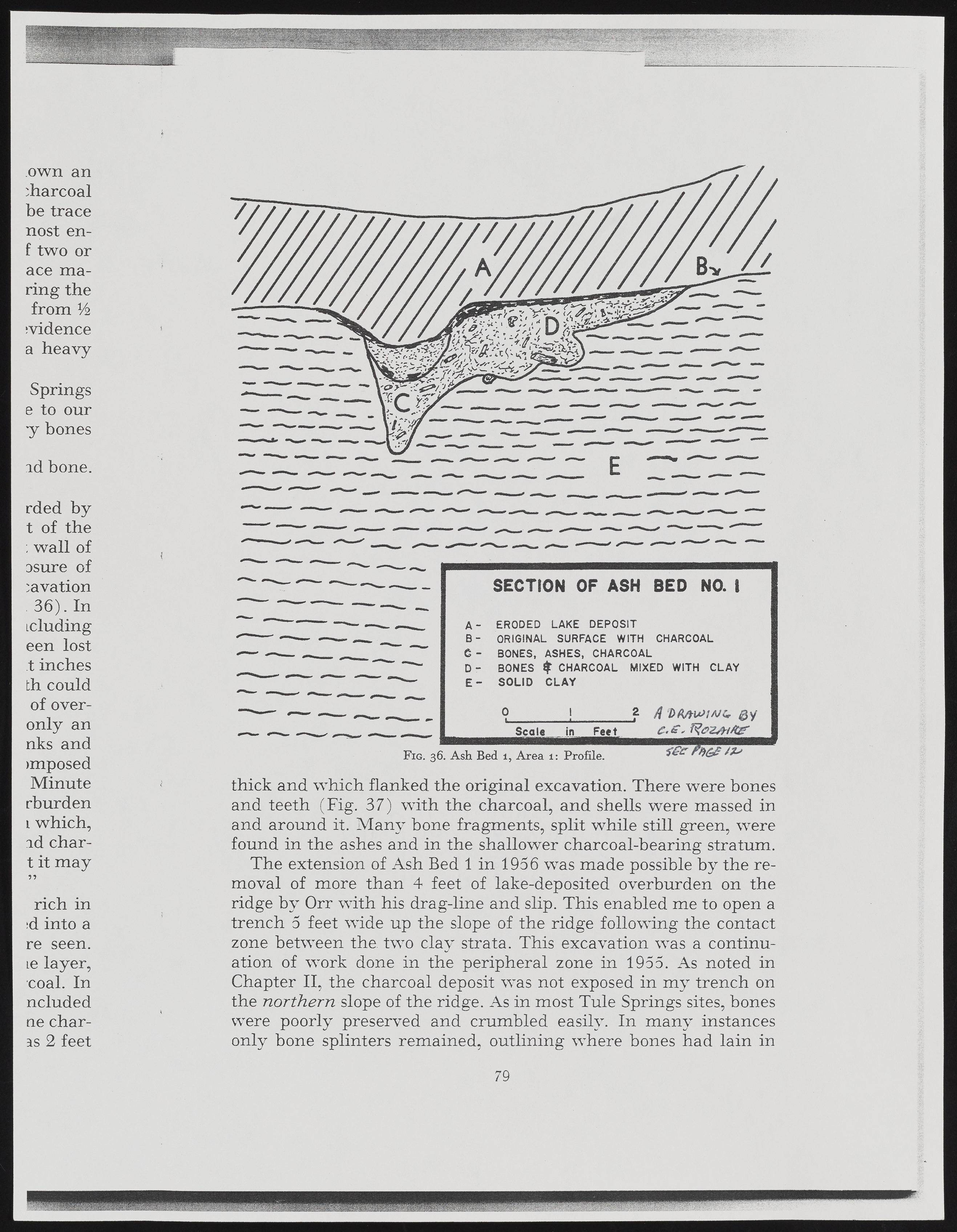Copyright & Fair-use Agreement
UNLV Special Collections provides copies of materials to facilitate private study, scholarship, or research. Material not in the public domain may be used according to fair use of copyrighted materials as defined by copyright law. Please cite us.
Please note that UNLV may not own the copyright to these materials and cannot provide permission to publish or distribute materials when UNLV is not the copyright holder. The user is solely responsible for determining the copyright status of materials and obtaining permission to use material from the copyright holder and for determining whether any permissions relating to any other rights are necessary for the intended use, and for obtaining all required permissions beyond that allowed by fair use.
Read more about our reproduction and use policy.
I agree.Information
Digital ID
Permalink
Details
Member of
More Info
Rights
Digital Provenance
Publisher
Transcription
own an charcoal be trace nost en-f two or ace ma-ring the from V2 ividence a heavy Springs e to our •y bones id bone. rded by t of the ; w all of osure of ovation 3 6 ) . In icluding een lost t inches th could of over-only an nks and >mposed M inute rburden i which, id char-t it m ay rich in :d into a re seen. ie layer, coal. In ncluded tie charts 2 feet SECTION OF ASH BED NO. I A - ERODED LAKE DEPOSIT B - ORIGINAL SURFACE WITH CHARCOAL G - BONES, ASHES, CHARCOAL D - BONES $ CHARCOAL MIXED WITH CLAY E - SOLID CLAY Fig. 36. Ash Bed 1, A rea 1: Profile. c . e . thick and which flanked the original excavation. There were bones and teeth (Fig. 37) w ith the charcoal, and shells were massed in and around it. Mam^ bone fragments, split while still green, were found in the ashes and in the shallower charcoal-bearing stratum. The extension of Ash Bed 1 in 1956 was made possible by the removal of more than 4 feet of lake-deposited overburden on the ridge by Orr w ith his drag-line and slip. This enabled me to open a trench 5 feet wide up the slope of the ridge following the contact zone between the two clav strata. This excavation was a continu-ation of work done in the peripheral zone in 1955. As noted in Chapter II, the charcoal deposit was not exposed in m y trench on the northern slope of the ridge. As in most Tule Springs sites, bones were poorly preserved and crumbled easily. In m any instances only bone splinters remained, outlining where bones had lain in 79

